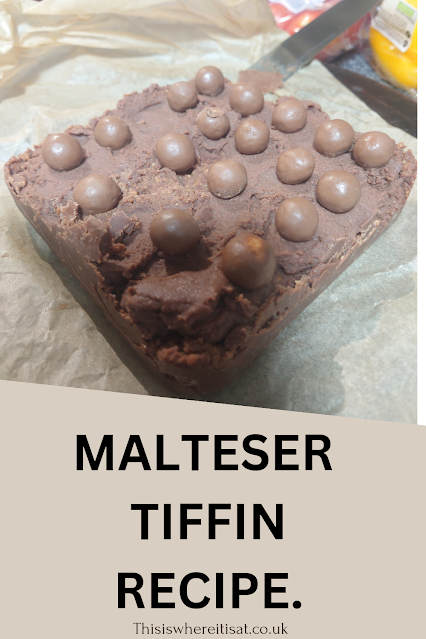Hey readers,
The activities your kids engage in before night may be the reason for their difficulty sleeping.
Before going to bed, watching TV or playing video games may affect how well they sleep.
The good news is that reading at night can ensure they sleep better and wake up feeling rested and ready to take on the day.
Continue reading to learn more about the advantages of reading at night.
1. Bonding time.
Whatever their age, having you all to yourself during a bedtime reading gives your child a chance they might not otherwise have during the day.
A night-time book shared with your child when they're snuggly and ready for bed is the perfect time for cuddles, bonding, and making cosy memories that will last a lifetime.
2. It enhances attention.
Why read to your kids?
Their focus will increase if they remain still and listen to a beautiful bedtime story!
Reading is much more complicated than watching TV, which makes it easier for the brain to strengthen and form new connections.
If a youngster reads frequently, paying attention to the story will aid in information retention.
3. Helps lower stress levels.
Reading-based stress reduction is just as helpful for children as for adults.
Reading allows your child's imagination to wander to new locations and sends them on an adventure outside their surroundings.
In adults, reading helps put our problems behind us and relaxes and loosens our muscles.
In contrast, reading a bedtime tale while cuddling with a parent lowers cortisol levels in children, improving their ability to unwind and focus.
4. Expands their vocabulary.
Because it allows us to interact with others and our environment, communication is a vital life skill.
Additionally, an extensive vocabulary significantly improves your capacity for communication. Numerous studies have also shown how reading expands vocabulary.
5. Helps build a routine.
Reading bedtime stories to your child fosters a passion for learning. Additionally, it aids your youngster in developing a reading regimen.
Children must comprehend the significance of adhering to everyday routines. Even for adults, this promotes stability. Additionally, this will enhance their education and personality.
Building a healthy routine that includes reading bedtime stories at the same time every day helps teach kids the value of time.
These habits will undoubtedly alter and mature as they get older.
What do you think about reading to children at bedtime? Love to hear your thoughts in the comment section below.
Cheers for reading X
















